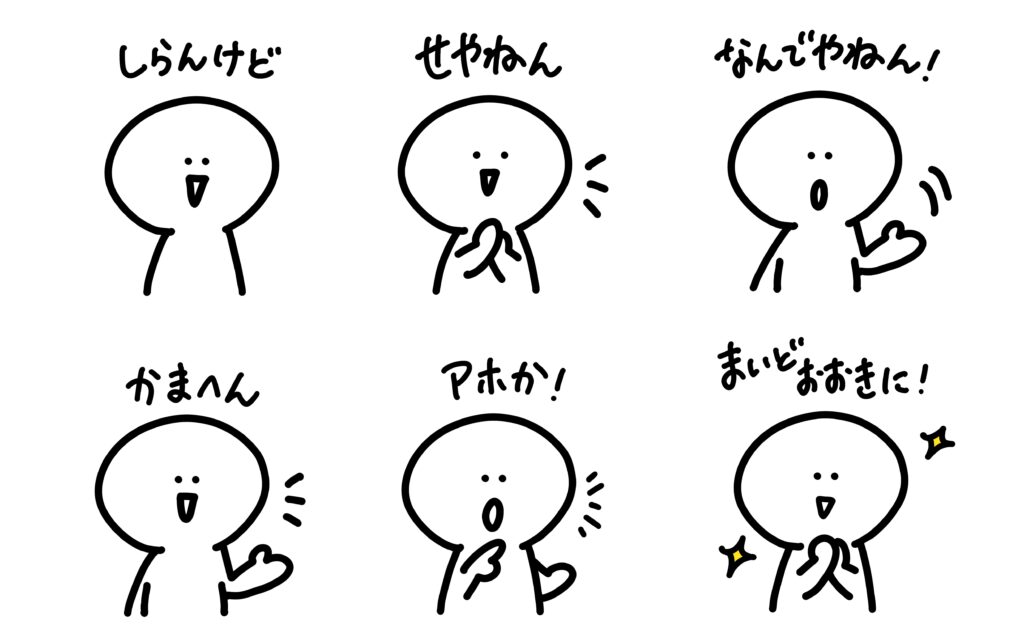Hello everyone.
I am Yoshinaga, a Mia developer.
In this post, I would like to explain how I came up with the idea of developing Mia.
The importance of communication as felt by visiting physicians
As a physician, I was a visiting physician who visited the homes of the elderly to examine them. I was surprised to find that many of them lived alone (e.g., their spouses had passed away, they lived apart from their sons and daughters, etc.). This may have been a characteristic of the area I was in charge of, but I was surprised to find that there were many more people living alone than I had expected.
I was also surprised to learn that helpers and visiting nurses have more frequent contact with the elderly than doctors do, but that the elderly want to talk with them rather than receive medical care, even though doctors do so only once every two weeks, a frequency that is not very common for them. Even when we had to go to the next individual’s home after the consultation (since the number of visits in a day is fixed, we have to move on to the next one after the consultation), many elderly people said, “I would like to talk with you just a little longer.

And during medical examinations, I often hear, “My wife (husband) went to heaven before me, and I have to stay at home all the time because I am alone and my legs and back are not strong enough. I want someone to talk to. I need someone to talk to. I am lonely and I need someone to talk to.” I could only say to them, “Of course you do. I felt very sorry for myself because all I could do was say, “Yes, that’s right.
On the other hand, those who lived alone but had pets always seemed to enjoy talking about their pets. One elderly person had a parrot. Whenever I went up to the front door to say, “Sorry to disturb you,” the parrot somehow learned the words from me and the visiting nurse and said, “Sorry to disturb you. I’m sorry to bother you. Whenever I went up to the door, the parrot learned the words from me and the visiting nurse and started to parrot back, “Thank you very much. Thank you very much. When they left the room after the examination, I could not help but smile, as well as the elderly people.
Through my experience as a visiting physician, I have come to realize the importance of communication in life, and I believe that it does not necessarily have to be a two-way communication that enables perfect communication, but rather it can be as simple as “having someone say a funny or amusing phrase that makes you laugh or smile in your daily life. I have come to think that just by having someone say a funny or amusing phrase to you that makes you chuckle or laugh in your daily life, you can make their day happier. I have come to think of it this way.
I want to hear the dialect of my hometown.
Another time, in March 2022, I had the opportunity to visit the home of the mother of a classmate of mine from elementary school who lived in Osaka.
The person had been using a talking clock for more than 10 years, and it was limited to the Kansai dialect. The chatting clock was not a two-way communication device, but rather a simple device that periodically spoke one sarcastic and tongue-in-cheek Kansai dialect phrase. I look forward to this clock saying interesting phrases to me every day.
Then he said, “Kansai dialect is good. I am a Kansai person. When I had tea with my fellow Kansai people, we talked about this talking clock, and many of my friends said they wanted a limited edition of the Kansai dialect, too. But I don’t have it because it is already out of stock,” she said.

I am from Kagoshima, and I only speak in Kagoshima dialect when I talk with my parents or when I go back to my hometown, but when I heard the mother’s story, I felt “Indeed, I sometimes feel nostalgic when I speak in Kagoshima dialect.
With today’s technology, it may be possible to link an app and a robot and make the app switch between various dialects,” and this led us to the idea of “Mia,” a cat-shaped robot that speaks various interesting dialects.
When it came time to start development, we struggled a lot with our first full-scale hardware development.



